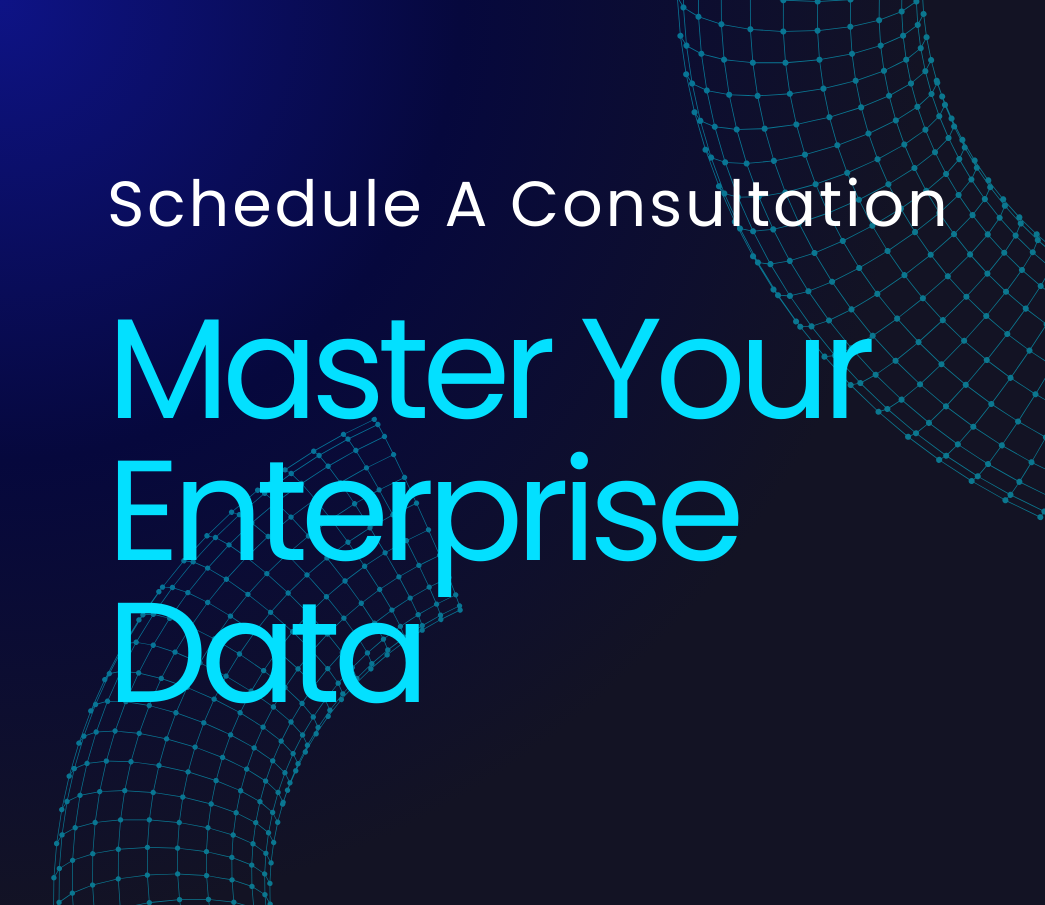The data lakehouse architecture has emerged as a transformative force in enterprise data management, promising to bridge the gap between traditional data warehouses and data lakes. According to a 2023 Databricks report, organizations implementing data lakehouses face two primary challenges: maintaining data consistency during migration and ensuring query performance at scale. This architectural paradigm shift is not just about technology; it’s about reimagining how businesses interact with their data assets.
- The Hidden Complexity of ROI in the Data Age
- The Foundation: Comprehensive Cost Modeling
- Quantifying the Intangible: Value Metrics Beyond Dollars
- The Time Factor: Long-Term Value Realization
- The Human Element: Adoption and Cultural Impact
- Agility and Adaptability: Building Flexibility into Your ROI Model
- Key Takeaways
The journey to a data lakehouse is fraught with complexity, requiring a delicate balance of technical prowess and strategic foresight. A study by the Data & Analytics Institute reveals that successful implementations focus on three key areas: schema evolution management, ACID transaction support, and metadata optimization. These pillars form the foundation of a robust data lakehouse, enabling organizations to harness the flexibility of data lakes with the reliability of data warehouses.
As we dive into the intricacies of data lakehouse implementation, we’ll explore how this architecture is reshaping the data landscape, offering unprecedented opportunities for real-time analytics, machine learning at scale, and unified data governance. The stakes are high, but so are the rewards. Organizations that successfully navigate this transition report 40-60% improved query performance and seamless integration with existing analytics workflows, according to the Journal of Data Engineering.
This guide will serve as your compass in the complex world of data lakehouses, offering insights, strategies, and practical advice to help you unlock the full potential of your data assets. Whether you’re a seasoned data architect or a business leader looking to drive data-driven transformation, the journey ahead promises to be both challenging and rewarding.
Overview
- Data lakehouses combine data lake flexibility with data warehouse structure, presenting unique ROI challenges.
- Comprehensive cost modeling must account for infrastructure, human capital, and opportunity costs.
- Value metrics extend beyond direct financial returns, including decision velocity and innovation potential.
- Long-term value realization requires modeling compounding effects and network effects over time.
- The human element, including adoption rates and cultural shifts, significantly impacts ROI.
- Agile and adaptable ROI models are crucial in the rapidly evolving data landscape.


















